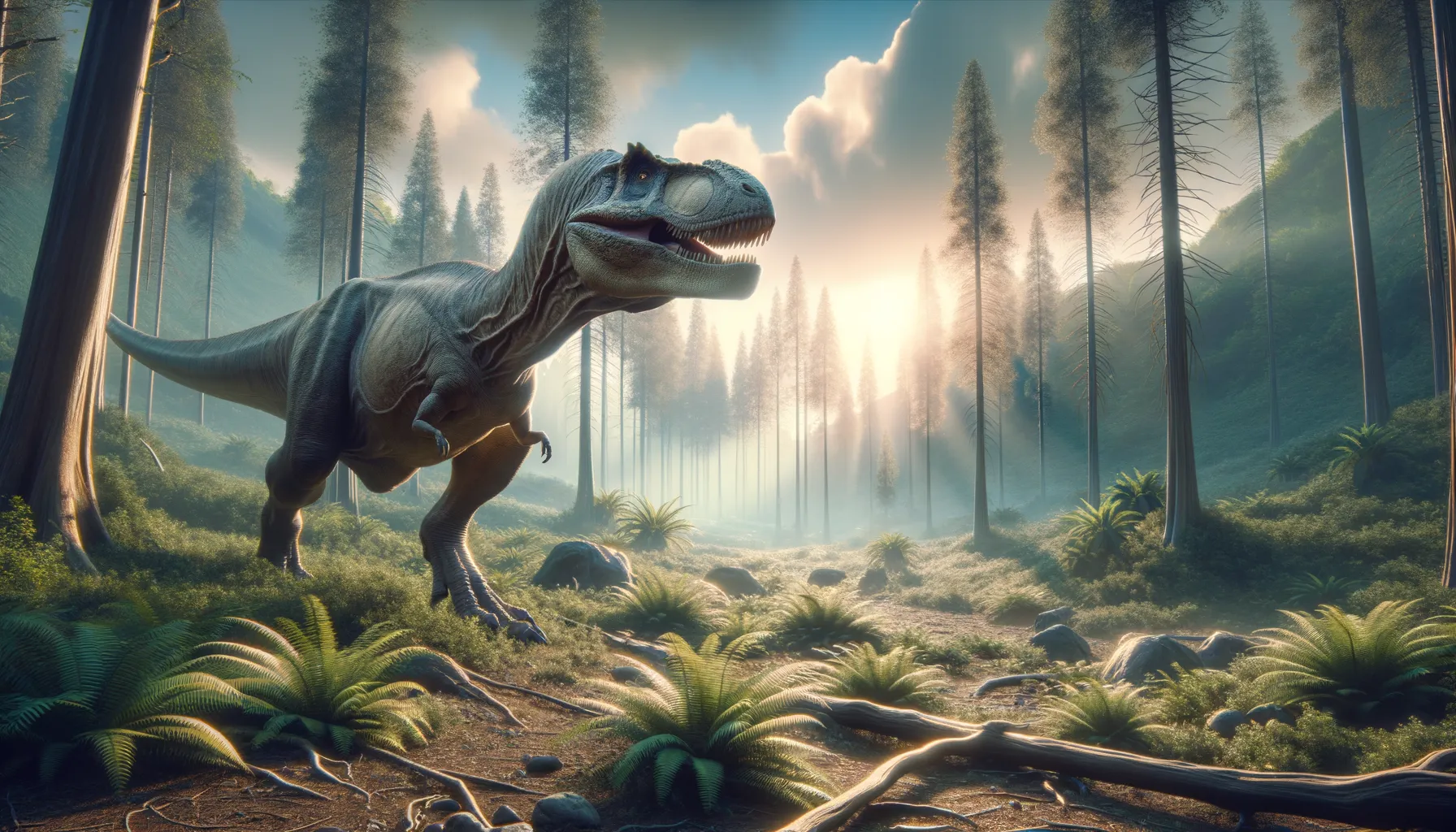
Bellusaurus
The compact giant of the Jurassic age.
Period
Jurassic
Length
Measured about 5 meters from head to tail.
Height
Approximately 2.5 meters tall at the shoulders.
Weight
Estimated to weigh around 1,000 kilograms.
Bellusaurus was a medium-sized sauropod dinosaur that roamed the Earth during the Jurassic period. Known for its relatively small size compared to other sauropods, it is believed to have lived in herds, offering safety from predators through numbers. Its fossils were mostly found in China, helping paleontologists understand more about the diversity of sauropods during its time.
Diet
Bellusaurus was herbivorous, feeding on plants and vegetation available during the Jurassic period. It likely used its long neck to reach leaves and ferns both high and low.
Hunting
As a herbivore, Bellusaurus did not hunt but instead grazed on plant life. Its survival relied on finding plentiful vegetation rather than preying on other animals.
Environmental challenges
Bellusaurus faced environmental challenges such as fluctuating food supply and the risk of predation from large theropods. The changing climate and vegetation could have affected their feeding grounds. Their herd living likely helped in detecting and defending against predators, making individual members less vulnerable.
Speed
Relatively slow, relied more on size than speed.
Lifespan
Average lifespan was about 20 to 30 years.
First discovery
Uncovered in China's Shishugou Formation in 1990.
Fun Facts
- Bellusaurus means 'beautiful lizard', named for its graceful and small build compared to other dinosaurs.
- It lived during the Late Jurassic period, about 160 million years ago, in what is now China.
- Bellusaurus was a relatively small sauropod, estimated to have been about 5 meters long.
- A unique feature of Bellusaurus is that it was discovered in a bone bed, suggesting they may have moved in groups.
- The name Bellusaurus was first used in scientific literature in 1990 after its discovery.
- Its fossils were found in the Shishugou Formation in northwestern China, which is a rich site for Late Jurassic dinosaurs.
- Unlike many famous gigantic sauropods, Bellusaurus was much smaller, making it quite distinctive among its family.
Growth and Development
Juvenile Bellusaurus likely experienced rapid growth to reach a size resilient to predators. Fossil evidence suggests they might have relied on their herd for protection during this developmental phase. This rapid growth and herd structure could have played crucial roles in their survival.
Habitat
Bellusaurus lived in regions that provided ample vegetation, indicating a preference for forested areas and riverbanks. These habitats offered the necessary resources for feeding and breeding. Fossils suggest that they preferred environments where they could move in groups, emphasizing herd behavior.
Interaction with other species
Bellusaurus likely coexisted with various other dinosaur species, including larger sauropods and predatory dinosaurs. Its herd behavior might have facilitated shared alertness to predators. An understanding of these interactions helps us piece together the complex ecosystems of the Jurassic period.
Natural lifespan
In ideal conditions, they could live up to 30 years.
Reproduction
Bellusaurus likely laid eggs in nests and may have had some form of parental care in early life stages. The herd structure might have offered protection to the young from predators. Reproductive behaviors were essential for the continuity of the herd.
Social behaviour
Herd living was central to Bellusaurus' life, providing safety in numbers. Their sociable behavior helped them avoid predation and possibly collaboratively find food. These social structures were integral in their survival strategy.
Fossil locations
Bellusaurus fossils have been primarily found in the Shishugou Formation in China. This location has provided a rich source of information about the species. The concentration of fossils suggests they may have lived and traveled in groups.
